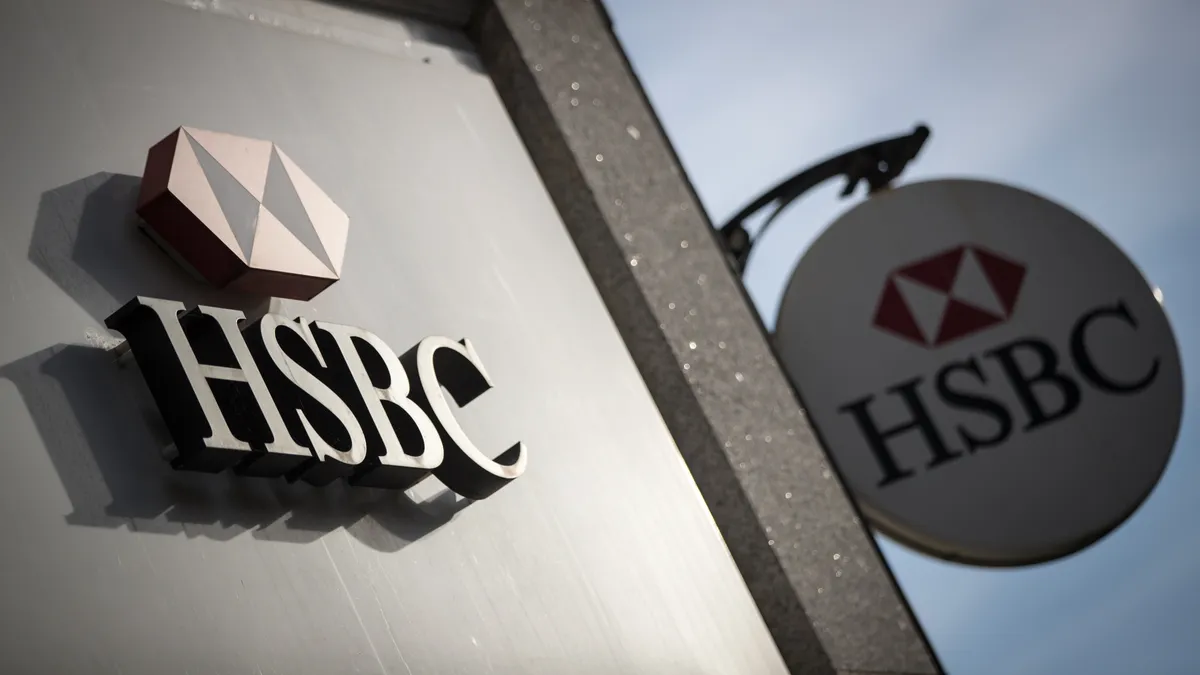As the population practices social distancing in response to the COVID-19 pandemic, financial institutions need to emphasize their digital offerings, said John Stockamp, a director in West Monroe's financial services practice.
“The last thing you want to have happen is that [customers] find some other technology or virtual channel that would be better fitted for them and you end up losing their business,” he told Banking Dive.
A Lightico survey of 1,000 consumers, conducted Sunday, found that 82% are concerned about visiting their local bank because of the coronavirus pandemic. The customer experience platform’s study also found 63% of respondents said they were more inclined now to try a new digital app or website than before the coronavirus.
Banks across the country are reminding customers of their digital options as calls mount to limit the spread of the virus through social distancing.
“We strongly encourage you to use Capital One’s digital tools and other resources for self-service banking and 24/7 account access,” Capital One wrote to its customers in an email, according to Reuters.
JPMorgan Chase and Citigroup have also reminded their customers about their digital services amid the outbreak.
“We want to make sure our clients know they can bank, invest and make payments from wherever they are, particularly if they’re not able to come to a branch,” a Chase spokesperson told Reuters.
Austin, Texas-based Keystone Bank is encouraging its customers to download its mobile app to deposit checks, transfer funds and pay bills. The bank is also promoting its two drive-through locations for customers who need to visit a branch in person.
“When we started the bank, we made the conscious decision to invest heavily in technology,” Keystone Bank President Bryan St. George, who launched the $200 million asset bank in 2018, told Banking Dive. “The investment included the ability for businesses and people to handle all non-cash business remotely. With the current pandemic, we’re emphasizing these abilities to our customers to help provide an option that supports social distancing.”
But even though most banks have some form of virtual options for their clients, not all financial institutions have seen successful adoption of their mobile apps.
“Digital transformation has been the buzzword as of late, but I would say that adoption rates of those channels are probably not what everybody would hope for,” Stockamp said.
Although banks and credit unions might have decent adoption of online banking, those numbers can drop to half or less for mobile, said Gerti Dervishi, co-founder and chief growth officer at Flybits, a customer engagement platform for banking.
“Channel adoption such as mobile is a dilemma … You can’t really communicate with someone that doesn’t have your mobile app installed,” he told Banking Dive. “During uncertain times like we're seeing now, [mobile apps] allow banks to operate 24/7 without compromising on quality and without requiring as many face-to-face interactions, regardless of whether or not we're facing a global pandemic.”
Former Intuit and PayPal CEO Bill Harris told Banking Dive he believes the entire financial services landscape is on a move from physical delivery to virtual delivery.
"Major financial institutions will get there, but slowly and awkwardly," said Harris, who, along with Brian Hamilton, the former CEO of digital bank Azlo and a former Capital One executive, just launched a digital bank called One.
"In the meantime what the country needs is people who can get out there first right now with fully digital offerings," he said. "That's particularly the case now that we’re looking at the possibility that for some period of time we will be relatively restrained in terms of physical interactions."
A lack of personal interaction with clients can present hurdles for some traditional banks, but Stockamp said that's an opportunity for financial institutions to showcase their digital capabilities and use virtual channels to engage with their customers.
“As we saw in the last recession, if you take the pedal off, you can wake up in a couple of years and have a lot of fintechs nibbling away at your business,” Stockamp said. “Now is not necessarily the time to take the pedal off.”




















